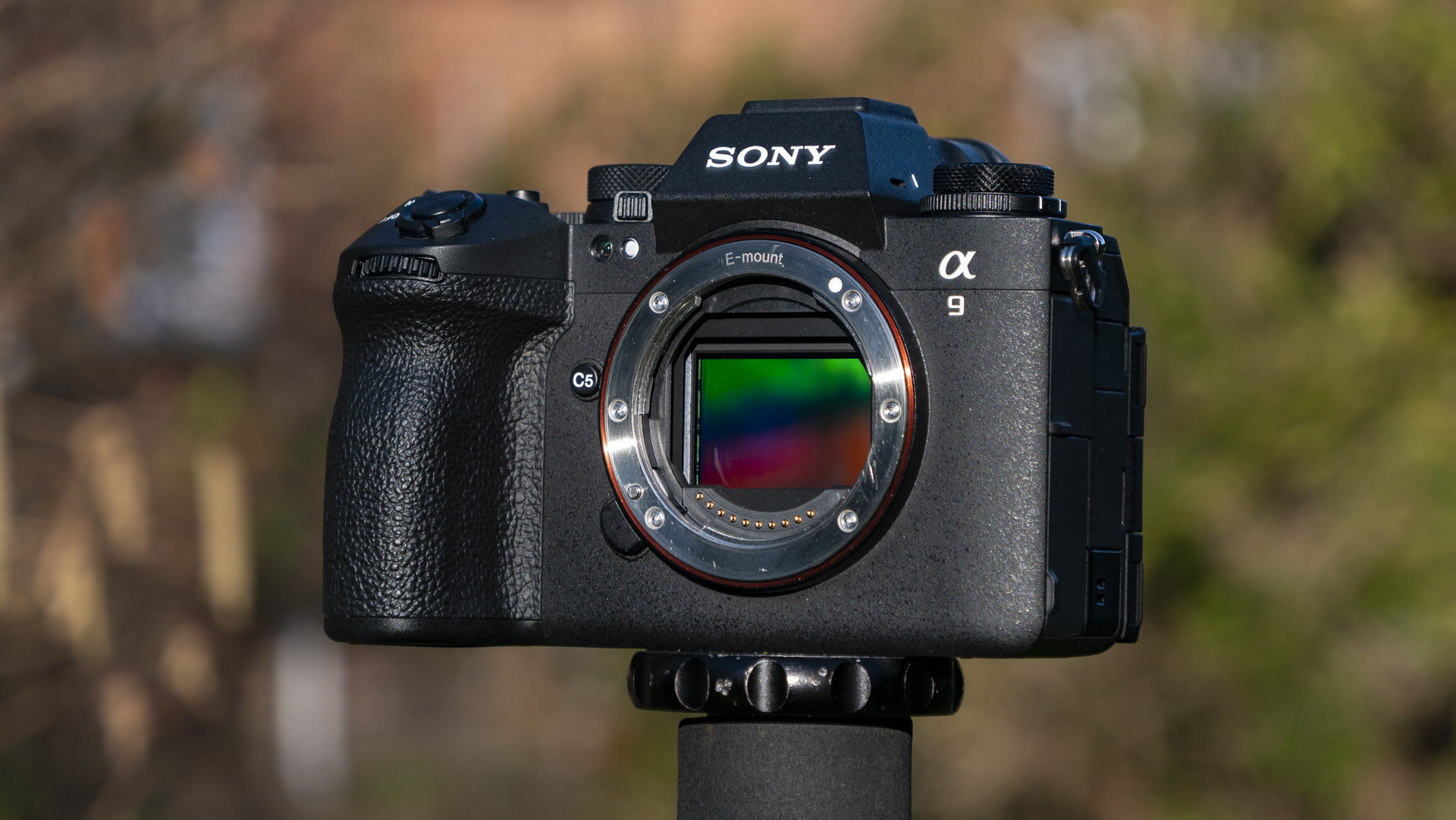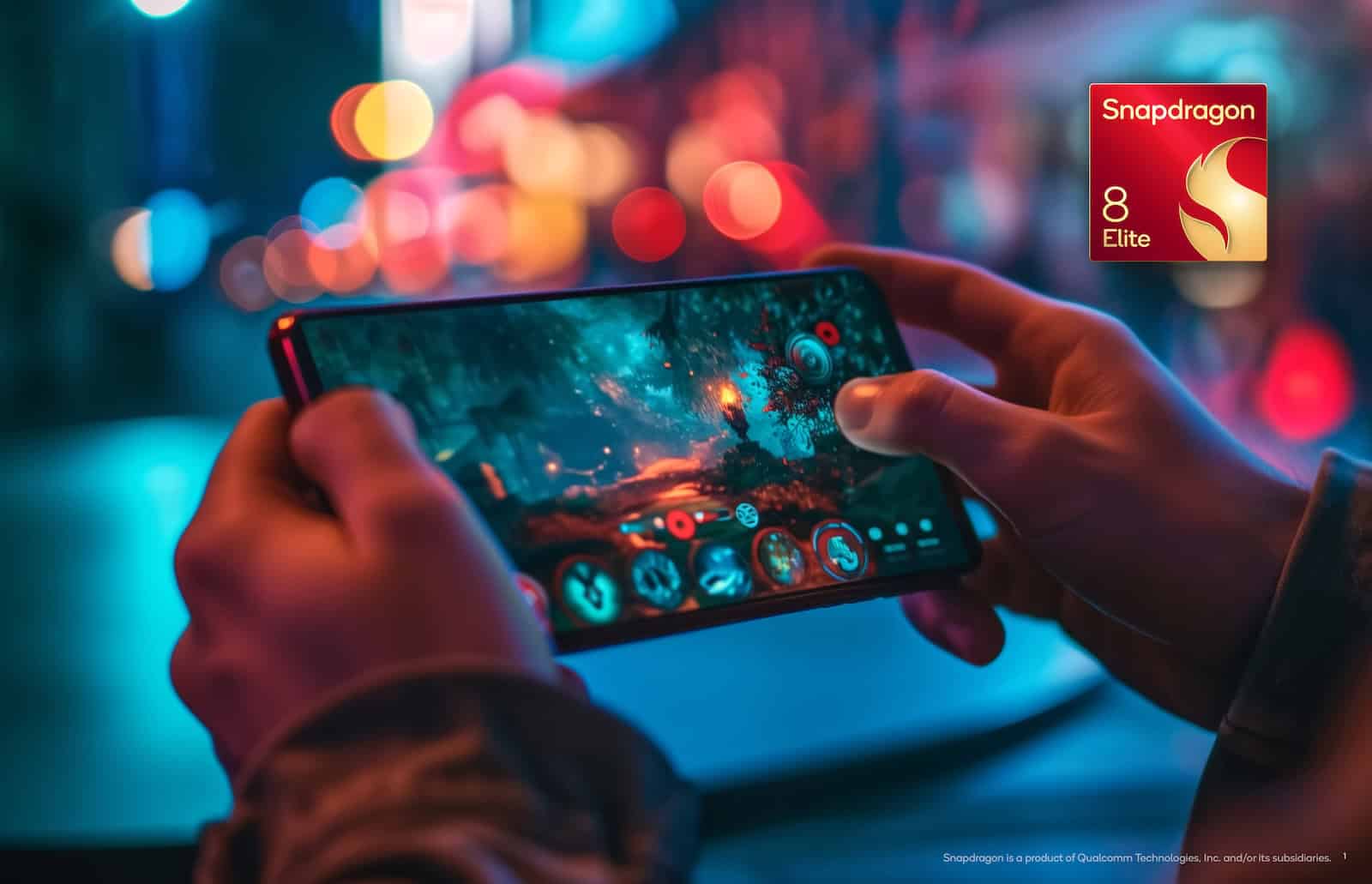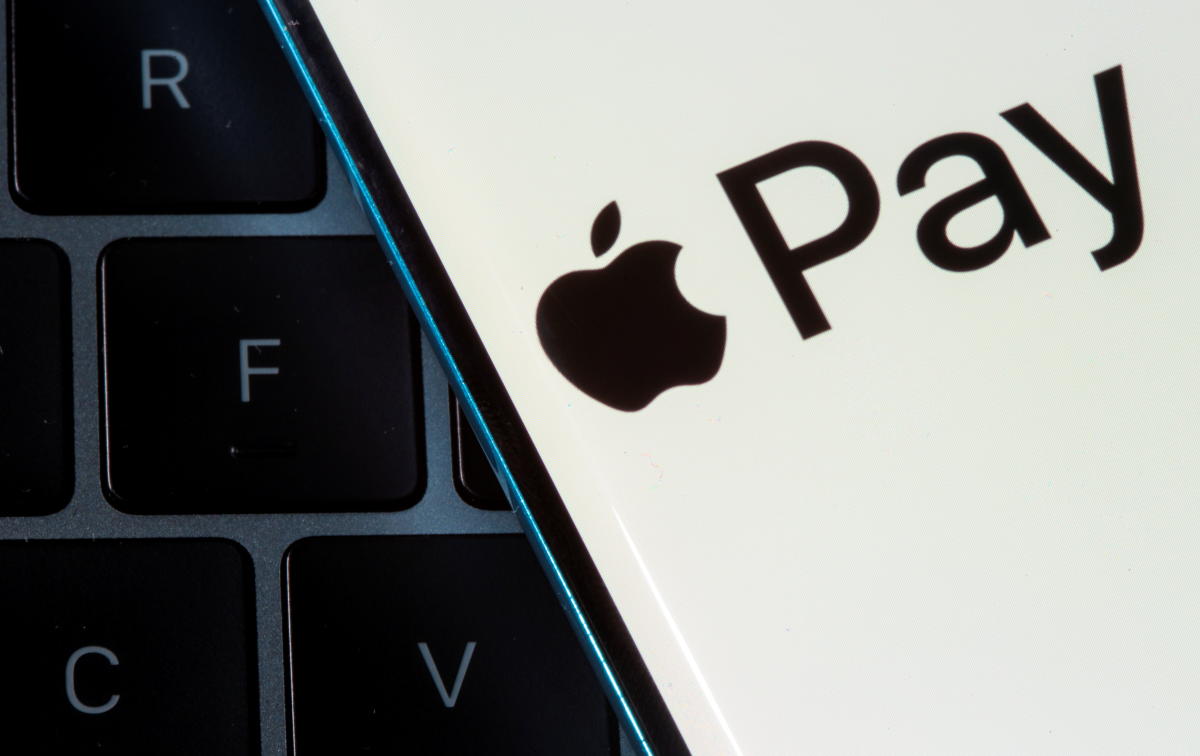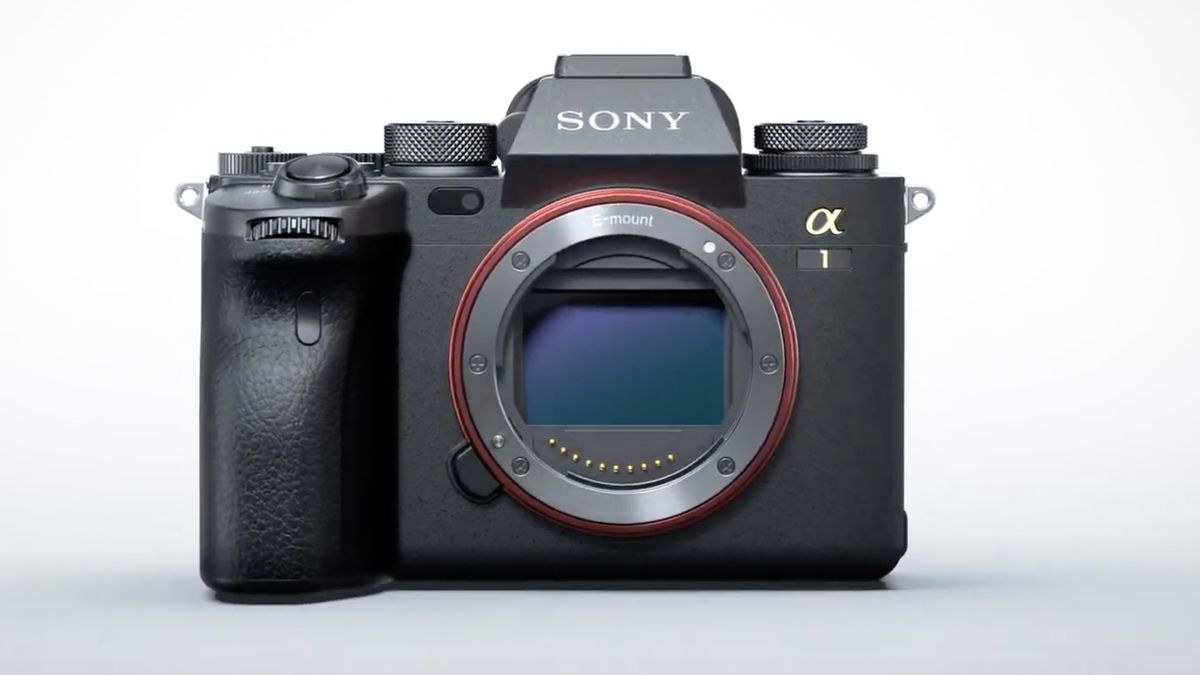Join our daily and weekly newsletters for the latest updates and exclusive content on industry-leading AI coverage. Learn More
Modern cybersecurity professionals require advanced technologies to deter, detect and expel hackers, and the predictive benefits of AI can mean the difference between data protection and ruin.
The average cost of a data breach in the U.S. hit a high-water mark of $9.48 million in 2023. Losses have ticked up every year since 2013, even during the global health emergency of Covid-19 when many businesses shuttered. An analysis in IBM’s 2024 data breach report indicates that organizations that employed extensive AI security automation saved $2.22 million, while also lowering cybersecurity insurance.
Industry leaders would be well-served to think about cyberattacks outside the financial implications, as well. Should your organization pay a ransomware demand or right the ship after a crushing malware attack, the reputational damage can far outweigh the dollars. When hackers steal confidential, sensitive and personal identity information, those in your orbit are negatively impacted. Employees, customers and industry partners may file civil actions.
And, when word gets out that your enterprise cannot protect personal data, business can get eerily quiet. It’s not uncommon for an institution to file for bankruptcy within one year of a significant breach of trust. Fortunately, AI cybersecurity can harden your defenses and make cybercriminals look elsewhere for low-hanging fruit.
What role does AI play in cybersecurity?
There are wide-reaching benefits to integrating AI into an operation’s cybersecurity posture. The lengthy list, which we’ll briefly cover here, does have one central theme — reaction time. The bedrock of the thought leadership behind using AI in the data protection sector involves reducing how long it would otherwise take to detect and expel hackers.
The role AI plays in today’s lightning-quick hacking landscape can determine whether companies suffer stinging losses and hiccups or walk away unscathed. When you consider how fast a sophisticated cybercriminal can work, it’s abundantly clear why time is on the bad guys’ side unless we do something about it.
- Ransomware attacks: These hacks usually take 4 hours, but advanced persistent threats can take over a business network in 45 minutes. Ransomware attacks occur every 11 seconds.
- Phishing emails: Almost 30% of all phishing emails are opened by their recipients. These malware-laced communications account for 91% of all cyberattacks.
- Malware deployment: Hackers deploy malware at a rate of 11.5 attacks per minute.
The average hacker needs only 9.5 hours to pilfer off valuable and sensitive digital assets. Cybercriminals can operate with impunity if no one is monitoring activity while the business is closed and staff are fast asleep. Operations without AI, machine learning (ML) and other advanced technologies typically average 197 days to notice a breach and another 67 days to contain it. Hackers are more than happy to hide in plain sight and copy incoming data until you expel them.
The benefits of using predictive AI technology
The fundamental element of AI in cybersecurity may be its time management effectiveness. It’s important to understand how this forward-looking technology benefits an organization’s overall cyber hygiene. Here are some ways AI delivers quantitative and qualitative data security benefits.
Advanced threat detection
The ability of AI to sift through massive amounts of data seemingly at light speed cannot be matched by human beings. Programmed to learn and identify even subtle anomalies in network traffic, user activity and system logs can make it difficult for hackers to go undetected. Generating a real-time and ongoing analysis of wide-reaching movement, anything that deviates from predictive patterns gets flagged. A cybercriminal or deployed malicious software triggers an immediate threat detection alert. The most skilled perpetrator could not get the 45 minutes needed to effectively insert a ransomware file.
Behavioral analytics
To say that AI exceeds expectations in terms of behavioral analytics would be something of an understatement. ML, largely a sub-category of AI, involves following and understanding consistent patterns. For example, a legitimate network user enters a username, password, then a two-factor authentication code. Once inside the system, staff members carry out relatively consistent tasks. That means they open the same programs, access similar data and perform these duties in a uniform manner.
When a hacker orchestrates an attack, the digital burglar isn’t interested in filing incident reports or tabulating inventory. Cybercriminals head for valuable and confidential information that can be sold on the dark web. Because AI and ML follow the behaviors of users — sometimes down to keyboard strokes — alarms are triggered, and prompt actions are taken to confine and expel the threat.
Reduce fault threat alerst
Before organizations started adopting AI and ML, responding to false alarms seemed like the cost of doing business. That’s largely because the alternative was not knowing when a genuine threat was in progress. In terms of efficiency, pre-AI threat detection was a lot like a fire department responding to dozens of alarms being set off by overly sensitive heat detectors.
The rise of AI has been a game changer in terms of decreasing false alarms and reducing the time managed IT and security officers spend vetting each and every one. As technology adapts to common false positives and learns to distinguish between low-level and heightened irregularities, cybersecurity professionals spend fewer wasted hours.
Non-stop threat monitoring and learning
Although people and most machines require downtime, AI works relentlessly to identify abnormalities. During this never-ending process, technology continues to accumulate actionable information. It can adapt to changes in the digital landscape and be reconfigured to assess new norms. The alternative to AI would be hiring a full-time staff and checking systems activities 24 hours a day, 7 days a week. For many organizations, the cost of non-stop threat monitoring can prove prohibitive.
Getting comfortable with AI automated incident response
One of the processes that AI delivers involves automated threat responses. Not every business director feels comfortable allowing technology to push back on threats, be they malware, ransomware or a human attempting a blunt-force attack. There’s a certain loss of control that accompanies letting the so-called “machines take over.” But automated incident responses may actually be in your best interest.
Industry leaders can choose their comfort level regarding which threats are handled by the technology and which get elevated for a real person’s attention. Low-level threats are typically managed by AI, and it’s commonplace to have AI start the threat containment efforts while security professionals respond to an alert. These rank among the benefits companies gain from automating varying incident responses.
- Speed and efficiency: Pre-determined responses to emerging threats happen immediately. The speed at which AI can address these issues helps efficiently mitigate risk.
- Minimize human error: The majority of successful data breaches can be traced back to human error. Technologies such as AI and others carry out the procedures and duties assigned to them. You can’t trick AI into allowing users to access data deemed off-limits.
Integrating AI and ML may be one of the most cost-effective ways to harden your cybersecurity position. It does the work of dozens of humans faster and more efficiently without logging overtime hours. Adaptable to wide-reaching networks and architectures such as zero trust, its ability to sift through massive amounts of data, identify patterns and constantly learn makes it invaluable in risk management. When a threat actor finds a way into your network or an insider attempts to steal a trade secret, they cannot escape AI’s watchful eye.
John Funk is a creative consultant at SevenAtoms.
DataDecisionMakers
Welcome to the VentureBeat community!
DataDecisionMakers is where experts, including the technical people doing data work, can share data-related insights and innovation.
If you want to read about cutting-edge ideas and up-to-date information, best practices, and the future of data and data tech, join us at DataDecisionMakers.
You might even consider contributing an article of your own!
Read More From DataDecisionMakers










































































































































































You must be logged in to post a comment Login